Lexus’ new 2021 LC500 Convertible puts on the pretty
Slicing the roof off improves what was already the most attractive Lexus in years.
by Jim Resnick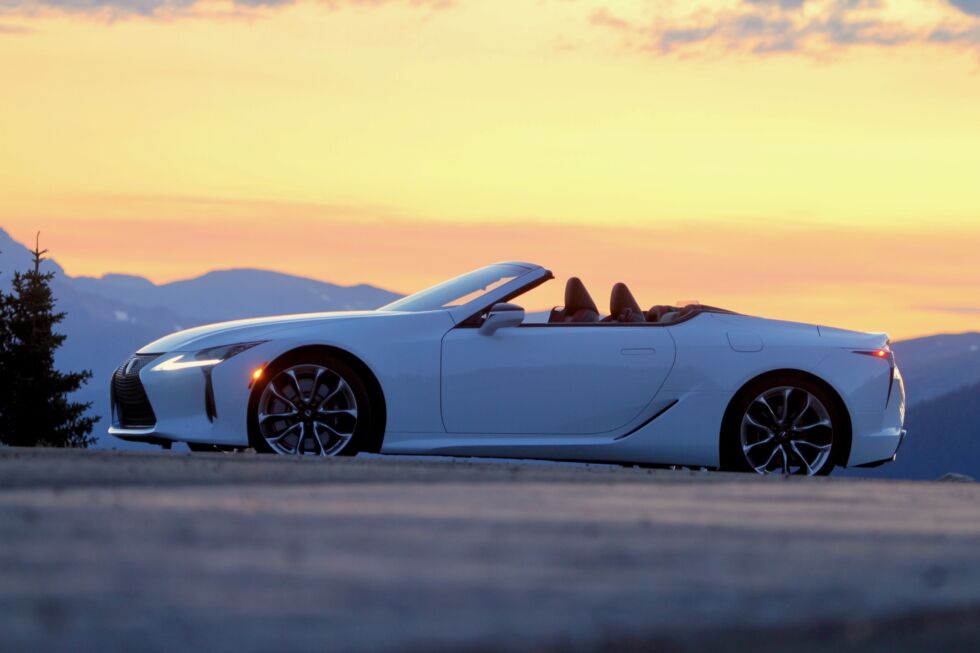
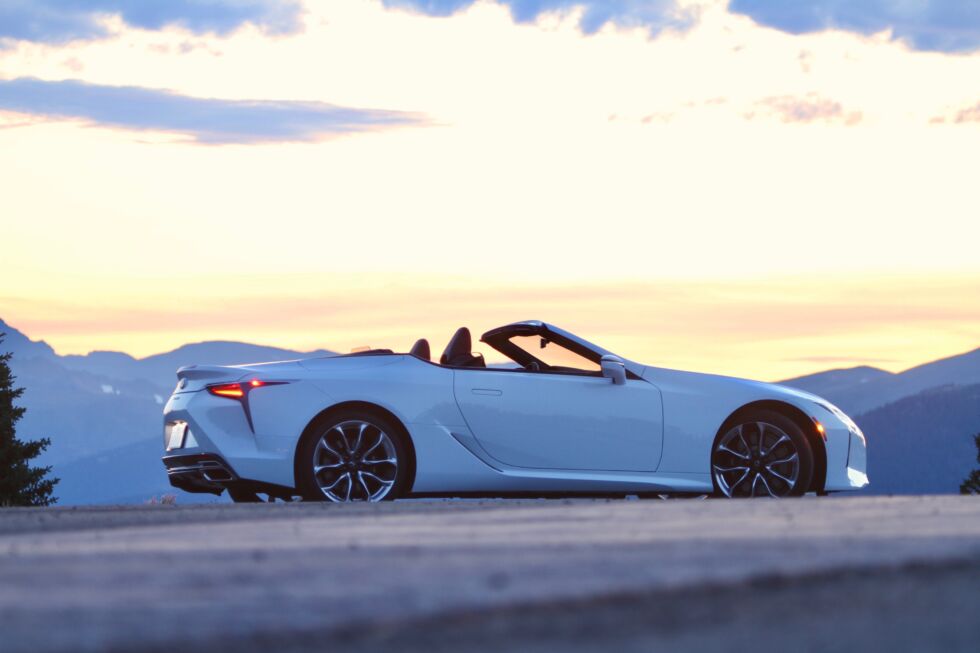
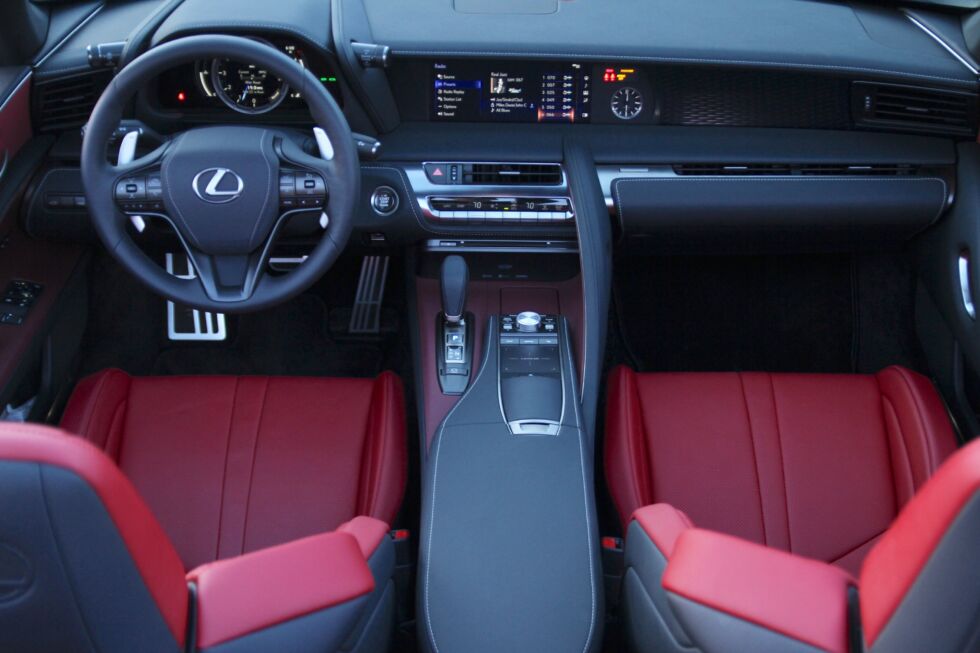
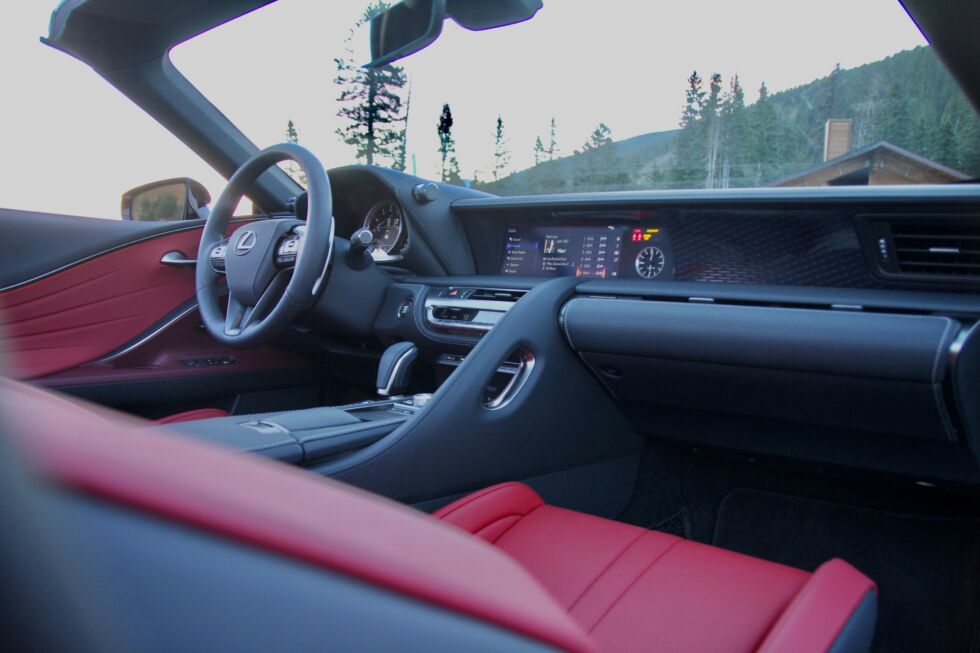
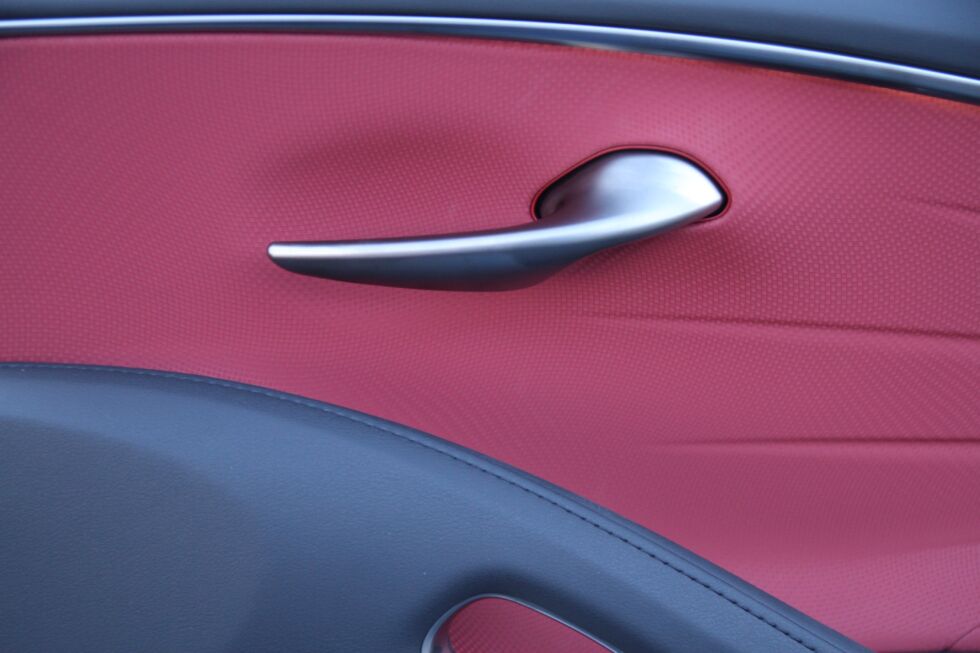
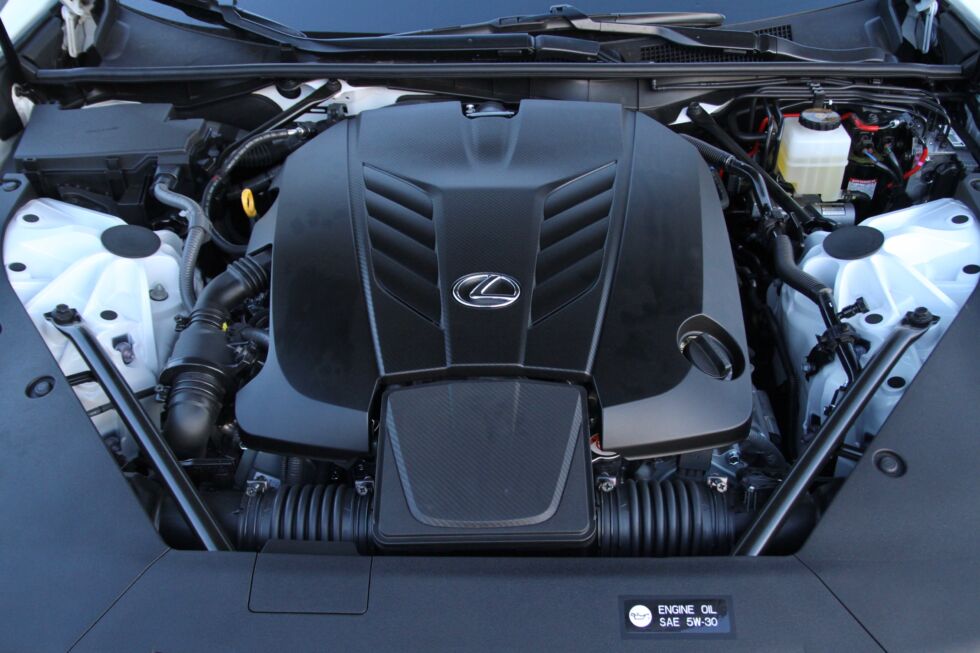
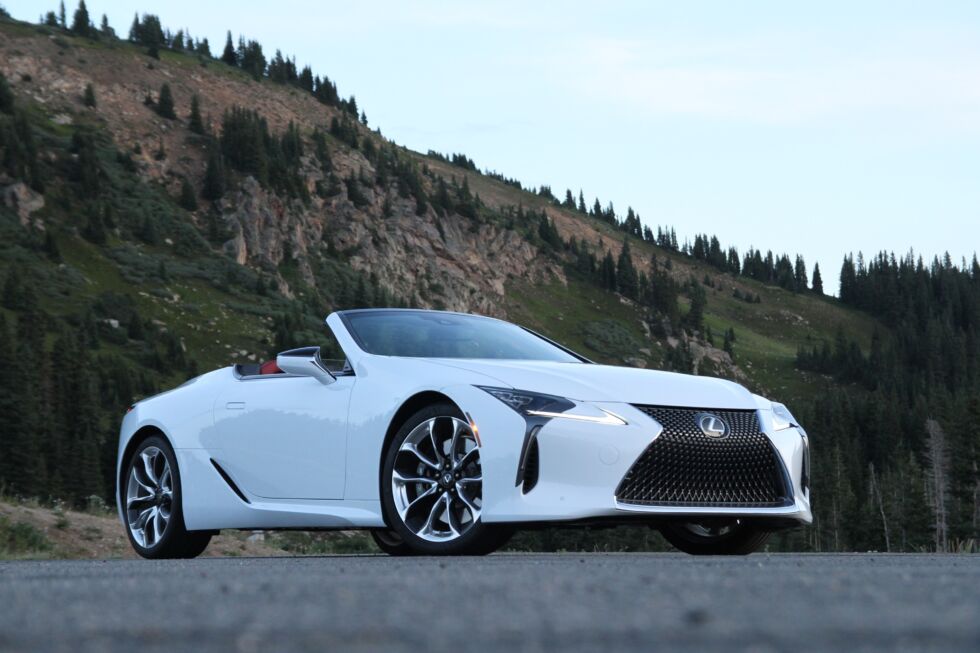
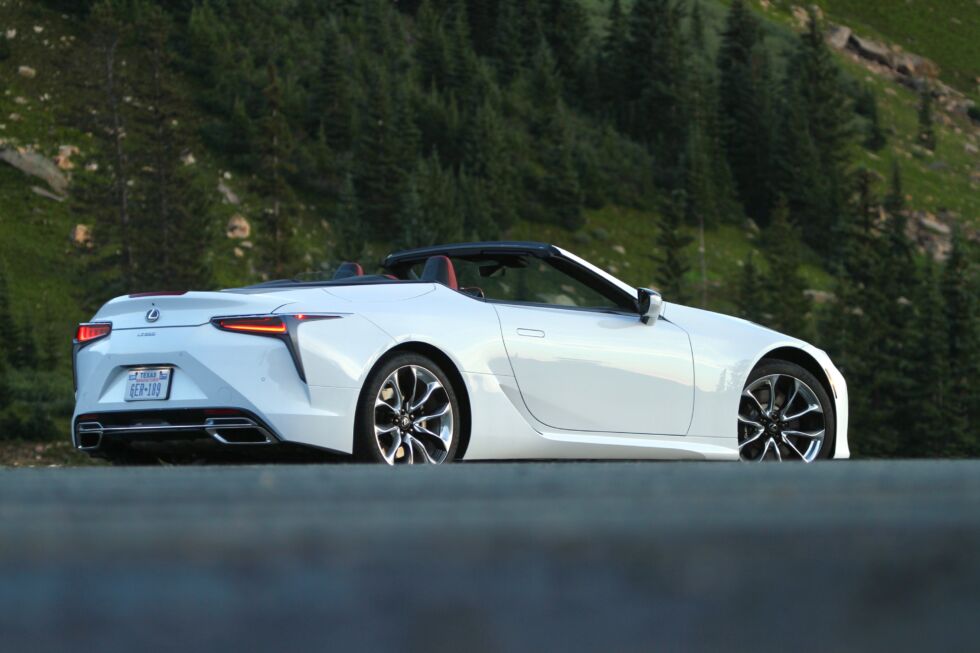
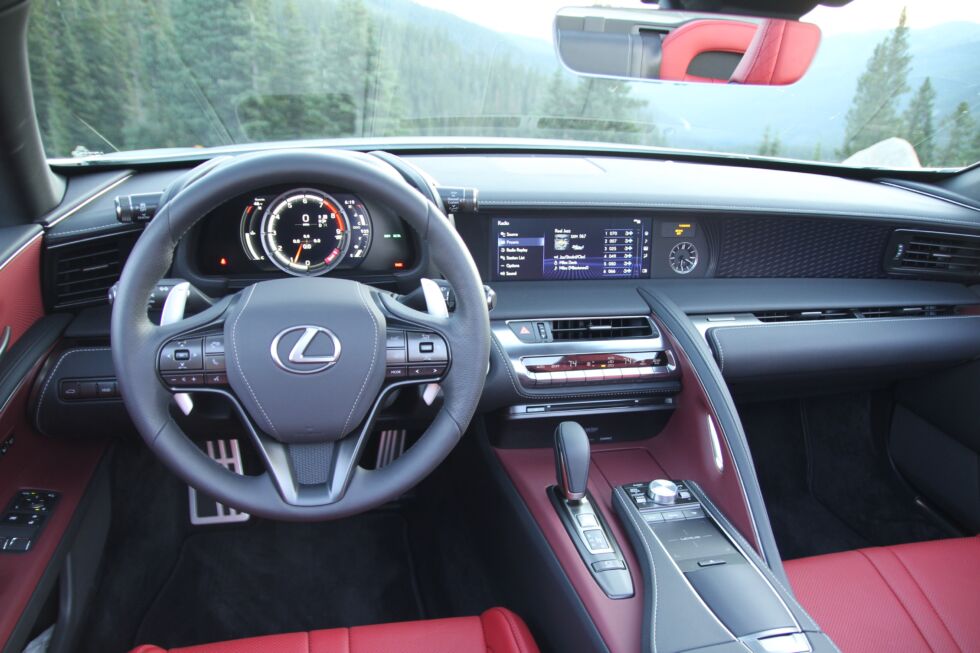
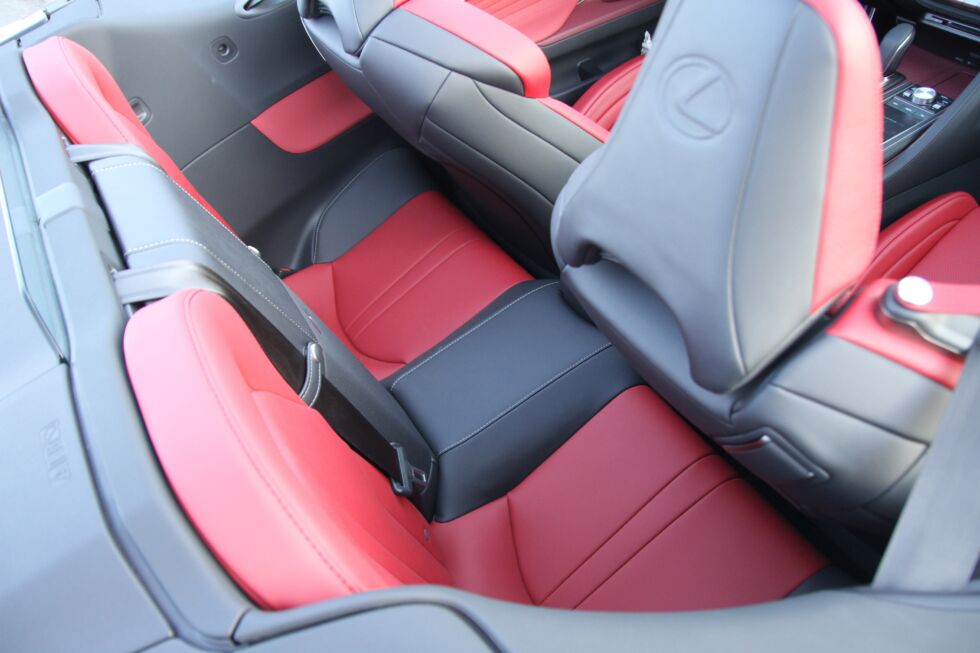
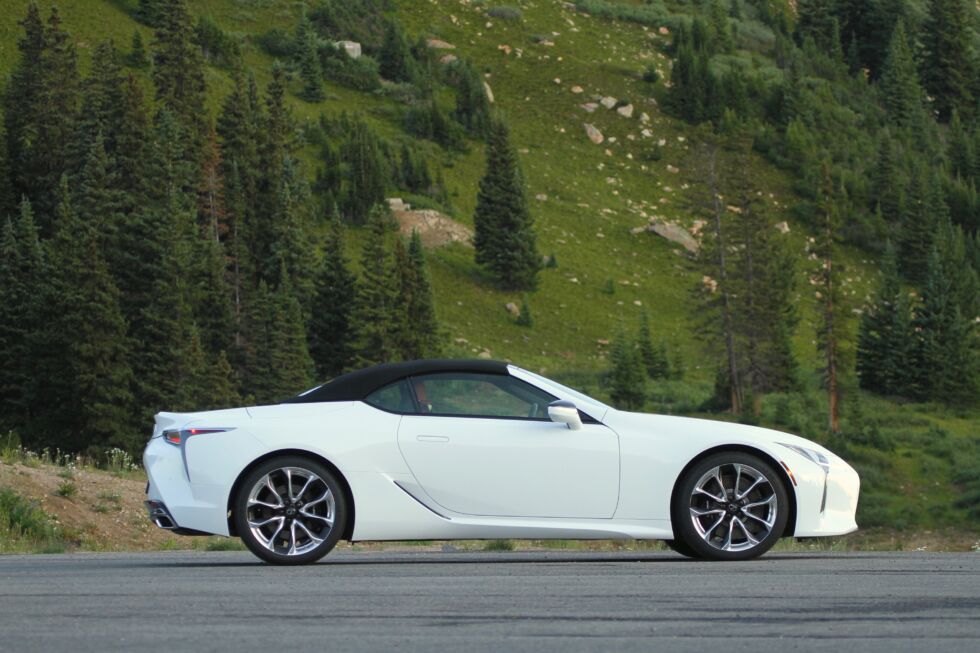
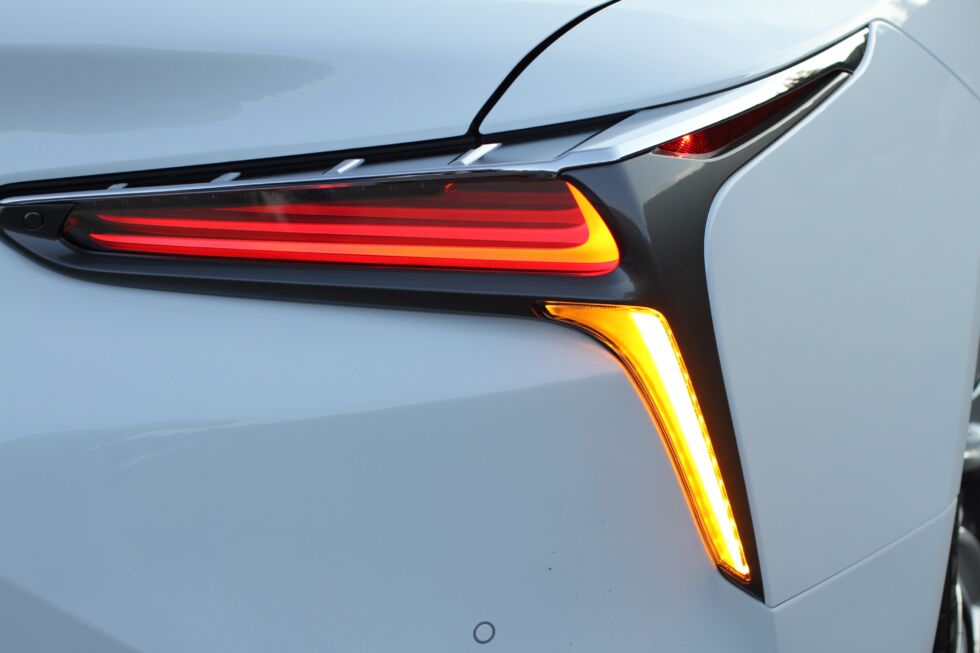
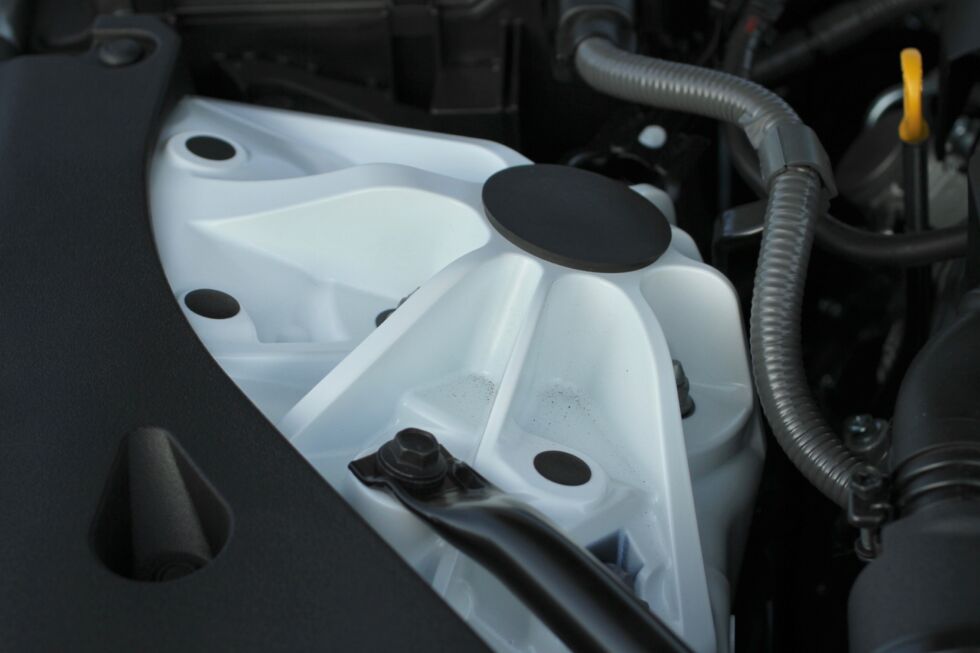
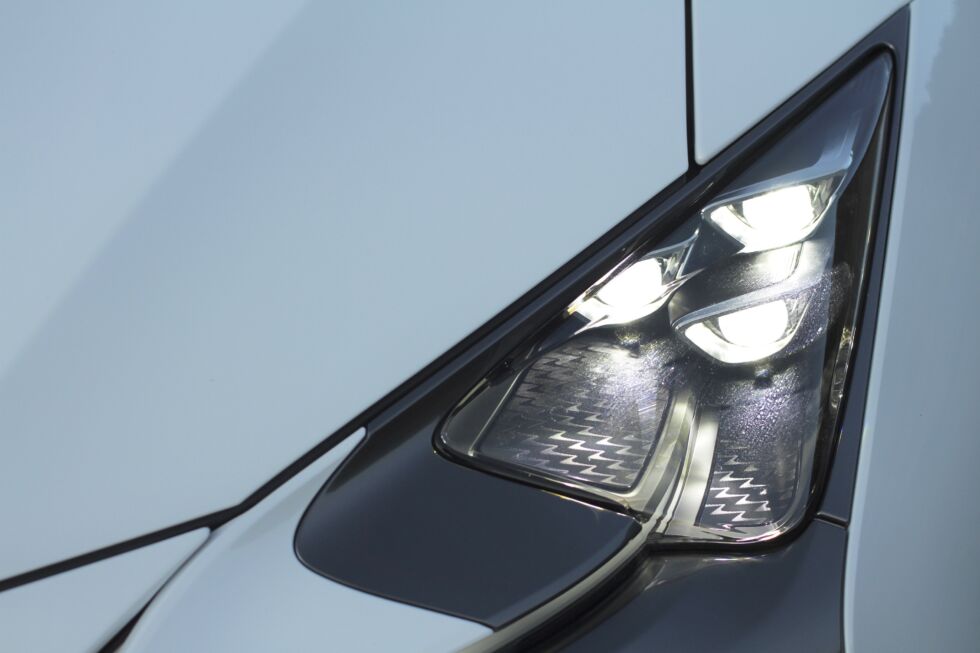
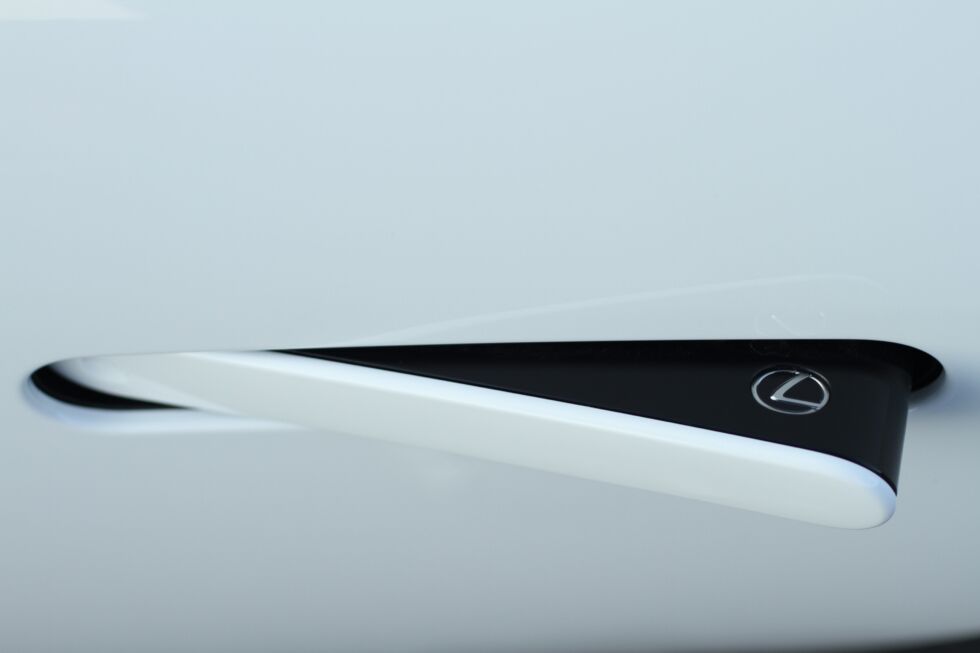
In 2018 when the Lexus LC500 coupe first wafted past our eyes, we called it a herald for Lexus' future, a marker for upcoming Lexus design and the first pretty Lexus since the original SC300 & SC400 (known as the Toyota Soarer in Japan).
While the intervening two years have not produced an onslaught of pretty and muscular Lexuses inspired by the LC, the company is now unleashing a convertible LC500 that builds on the pretty to make it prettier, airier, opener, funner, and even slicker. In a world of expensive luxe-niche GTs, the LC Convertible might even out-do the vaunted Mercedes-Benz SL. Though, where the SL offers just two seats and the LC offers four, the two in the rear barely accommodate luggage, let alone very small humans.
However, the Mercedes SL was born an open-top car, and the LC wasn't. And the biggest challenge to engineers when cleaving the roof off a coupe is structural stiffness. Remedies are needed to keep the car from shaking like a paint mixer over bumpy roads (or folding up like a pretzel in the worst of cases). Despite only being Lexus' third convertible in history, the car suffers from none of the shakes of most converted coupes.
Lexus did its homework by installing steel reinforcements diagonally to the underbody and adding plates to effectively form bulkheads. Lexus claims that somewhere between 75 to 80 percent of the coupe's rigidity is retained through this effort and, therefore, so is the handling demeanor of the enclosed coupe, even though the weight is up around 200lbs (91kg) to a portly 4,500lbs (2,041kg).
One area Lexus improved on was unsprung mass. Steel front control arms are replaced by units made from aluminum, while more weight has been pared off the rear from the wheels and suspension. And though no different from the coupe, the LC500 Convertible's trunk lid and inner door panels are made from pressed carbon fiber. The glossy resin used in this process makes for a very technical look and is similar to the material used by Lamborghini for the Huracán dash and interior panels.
Some attention to detail went into minimizing vibrations, too. The rear bumper has dampeners that put the bumper beam's metal mass to work, quelling suspension-induced body shaking of medium amplitude or frequency.
Drop the roof and enjoy the music
Though we did not do any track testing, runs at speed over switchbacks in the Colorado mountains proved the car structurally stable and poised. The LC500 Convertible is at least as fun as the Coupe could ever be—and probably more so with the top down—even if the cornering speeds, ultimate grip, and rigidity are fractionally lower. Due both to weight and the thinner air of high altitude, the LC500 felt a bit lethargic at anything below about 3,000rpm, but the mountain-laced breeze and sound of the V8 made up for any lack of thrust beyond that mark.
Dynamically, "Active Cornering Assist" is essentially a brake-based torque-vectoring system. It uses lateral acceleration as its threshold for engagement, applying the inside brakes to help the car effectively steer through a corner. Seemingly elaborate, I did not perceive it operating, but I was also not testing it on a closed racetrack, either.
The LC Convertible's drivetrain is identical to the Coupe's, with the 471hp (351 kW) 5.0L V8, paired to a 10-speed automatic. As one of the few remaining naturally aspirated V8s on the market in any segment, it roars a glorious tune. Partly big-inch American V8 voice below about 5,000 rpm, it crosses over and gains higher pitch above that point. It's simultaneously sweet and guttural, but never blatty or uncouth right up to the 7,100 rpm redline. There are more powerful V8s, more efficient V8s and even V8s that rev higher, but precious few markedly more pleasing at all points on the spectrum. Lexus should never, ever let this engine go out of production. It's a gem.
The transformation from fully enclosed to open-air takes but 15 seconds from the start of those fabric top gymnastics and can be done at up to 31mph (50kph). I never actually asked it to flip open while in motion for fear of any freak-outs from other motorists, but the knowledge that one can do so is some sort of currency.
Wonderful interior, woeful touchpad
Inside, the exquisite interior carries over unchanged design-wise from the coupe, complete with extremely comfortable yet very supportive seats and interesting details like escutcheon-less door pulls. The 10.3-inch multimedia display provides a high-res view of the audio and climate controls and plays nice with Android Auto and Apple CarPlay. Alexa integration is also featured.
However, the multitude of infotainment strings are forever tangled by the woeful Remote Touch touchpad controller. It requires far too much attention—sometimes peripherally and sometimes directly—from the driver to operate smoothly and safely while driving. I've stated this before and it still carries: the brand's Remote Touch ruins the day-in, day-out experience of every Lexus unfortunate enough to be saddled with it. It's quite literally the only downside to the outstanding interior. But with our lives so intrinsically tethered to our electronics today, it could very well be a deal-breaker. Lexus desperately needs another interface.
The remaining questions in the Lexus sporty car universe are not quite answered by the $111,325 LC500 Convertible, lovely as it truly is. Lexus is silent on the widely rumored LC F with twin-turbo V8 power, a recipe that the LC platform can more than swallow. With these LC looks and those fortified twin-turbo beans under the hood and some chassis work, it would make even a die-hard SC400/Soarer fan swoon. As for a hybrid LC500h Convertible, it seems that the soft top retracts into a volume that otherwise houses the battery pack in the hybrid LC500h coupe, so only the fixed-head LC is able to be electrified.
Listing image by Jim Resnick